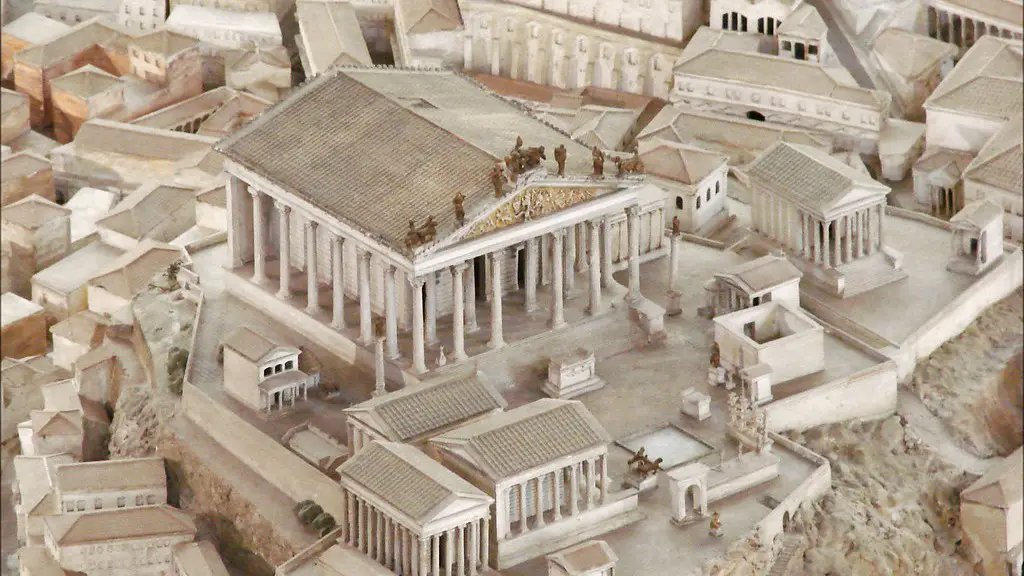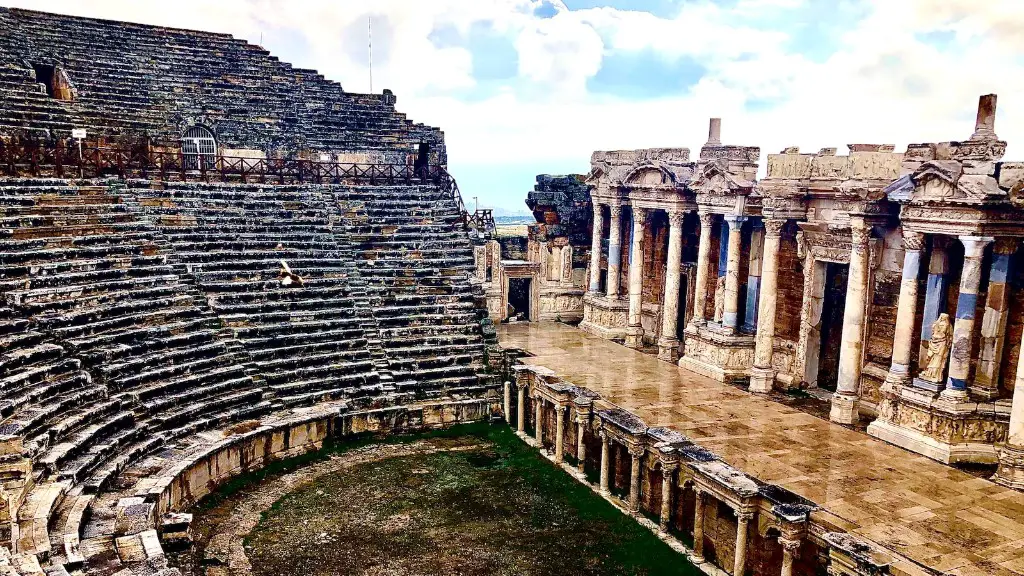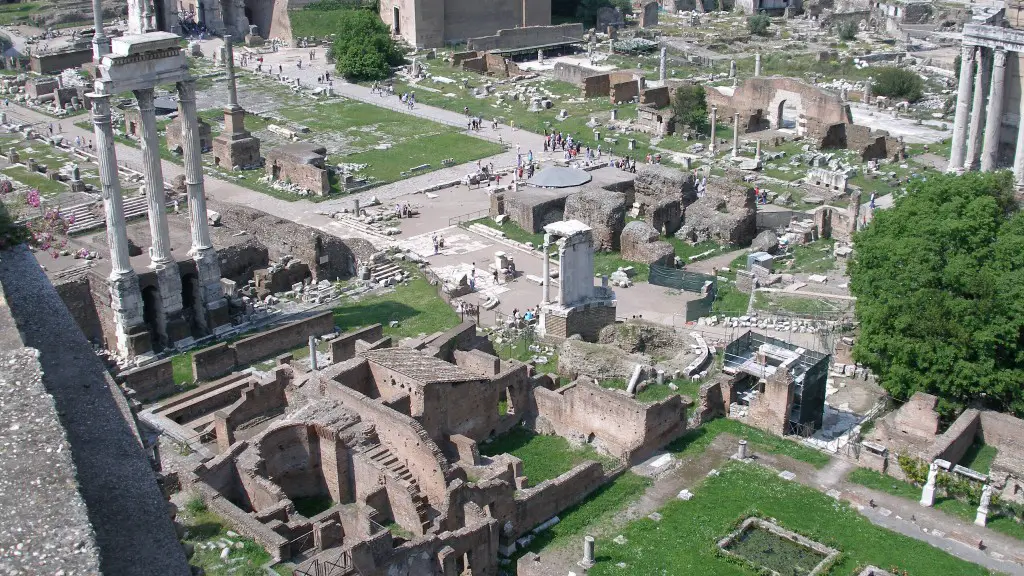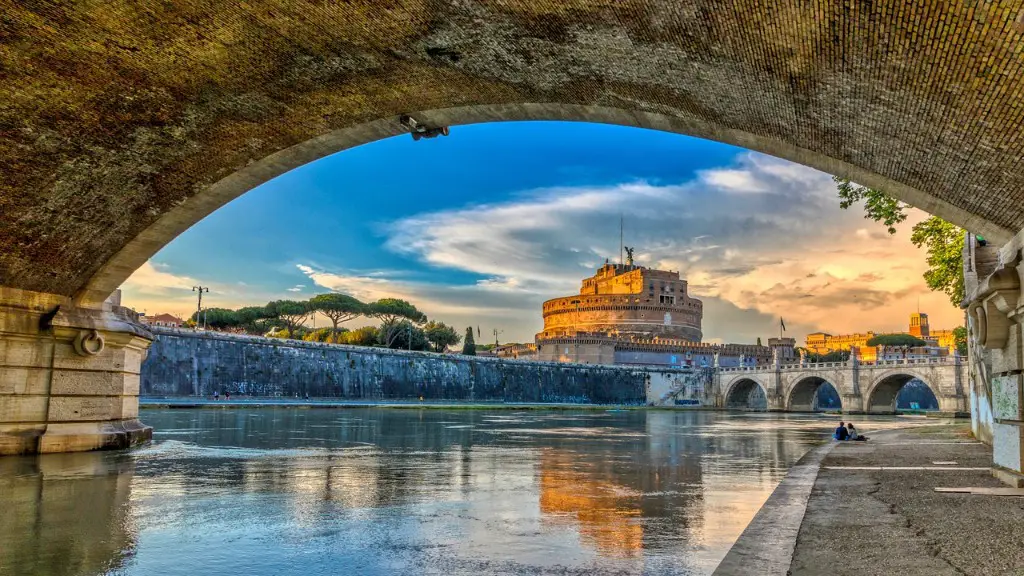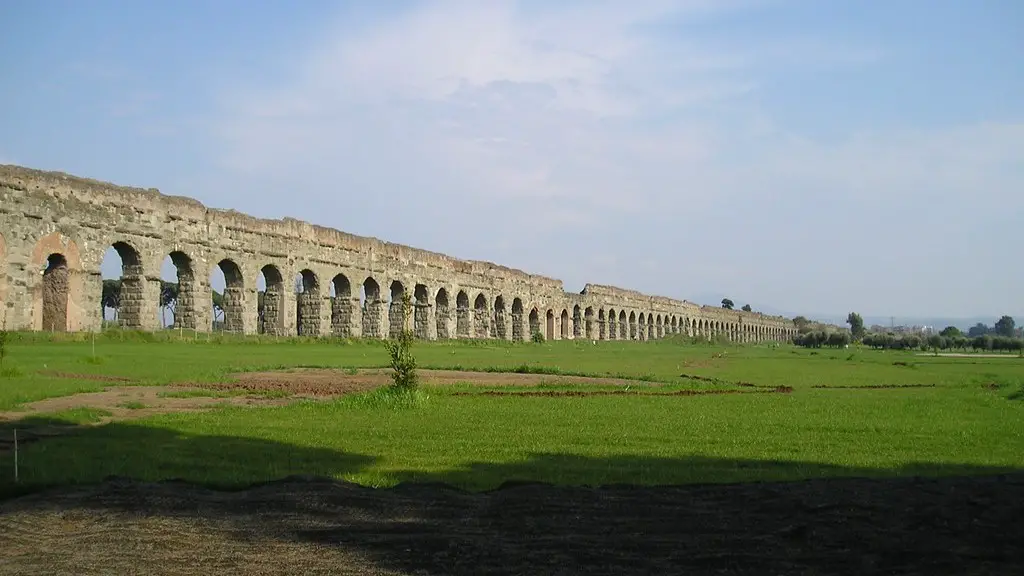For centuries, Ancient Rome has served as an example of a powerful and influential civilization.Throughout its history,Rome underwent many transformations, leaving a permanent mark on the development of Europe and Western Civilization.From the beginning of its history, the city of Rome was surrounded by a landscape filled with contrast and beauty.
The landscape of Ancient Rome largely consisted of mountains, hills, and a few plains. Mount Celius loomed in the north, while the Alban Hills sprawled out to the southeast.The hills were an integral part of the area, providing an ever-changing topography.The city was also strategically located at the centre between two branches of the Tiber River. This location allowed Rome to become a powerful maritime republic.
Rome’s hills heavily influenced the city’s layout. The 7 hills of Ancient Rome — Capitoline, Aventine, Esquiline, Palatine, Quirinal, Viminal, and Caelian — served as the foundation of the city.As such, the city’s famous monuments and attractions were built on or around these hills.The Colosseum, which is the largest amphitheatre in the world, is located on the floor of the valley between the Palatine and the Aventine hills.
The landscape of Ancient Rome was also home to many plants and animals, such as olives, figs, wild boar, and pheasants. Additionally, the ancient Romans kept different types of animals, such as as goats, ducks, chickens, and cattle. These animals were kept for food but also for entertainment.For example, the Circus Maximus, located in the valley between the Palatine and Aventine hills, was used to host chariot races and other spectacles featuring hundreds of animals.
The Roman climate was generally mild, with warm and dry summers, and cold and wet winters. The climate helped to facilitate the growth of grain and fruits, a major part of the Roman diet. Historical accounts from around the region describe the exceptional quality of the local produce, especially the olive oil and wine. In fact, the Roman Empire was one of the first civilizations to create an export market for these products, as well as other luxury items such as marbles, pottery, and metals.
Today, the landscape of Ancient Rome is still evident in the architecture and city planning of the modern city. Rome’s seven hills still dominate the skyline, and many of the monuments from antiquity are still standing. This fascinating and timeless landscape serves to remind us of the historical and cultural significance that this city has played in the development of Western Civilization.
Fertile Countrysides
The landscape of Ancient Rome was not only defined by the rocky terrain and rolling hills. Downstream of Rome and along the Italian peninsula were vast, fertile countryside. Olives, vines, wheat, and other cultivable products flourished in the warm Mediterranean climate.This wealth of agricultural produce was an important factor in Rome’s transformation into a powerful republic and later an empire.
These expanses were irrigated by the rivers Tiber, Rubicon, and Garigliano, providing an essential source of fresh water and also creating pathways to eventually connect Rome with the rest of Europe.The farmers of the countryside supplied much of the food for the citizens of Rome. Thus, it was vital for the life, growth, and success of the capital.
The Mediterranean Climate
The Mediterranean climate has played an important role in the history and development of Ancient Rome. The mild temperatures and moderate rainfall made it possible for the ancient Romans to cultivate a variety of crops.
Besides providing the necessary resources to maintain a thriving civilization, the Mediterranean climate also provided necessary comforts. It was a respite from the cold, forbidding winters of the north, allowing Romans to enjoy outdoor activities and partake in the beauty of a foreign land.
The sunny and pleasant weather allowed Ancient Romans to build a vibrant culture full of art, science, architecture, and literature. Sun-kissed fields of olive trees not only provided sustenance, but also served as inspiration for artists and thinkers.
Rome’s Legendary Landscape
The landscape of Ancient Rome is legendary and has been made famous through the works of writers, poets, and historians from different epochs. Its hills and plains, valleys and forests, rivers and steppes inspired many great works, from Virgil’s “Aeneid” to Ovid’s “Metamorphoses”.
The landscape of Ancient Rome is more than just geographical features and terrain. It represents a cultural and historical legacy that still resonates today.The rolling hills and lush countryside served as inspiration for writers and thinkers for centuries. The Mediterranean climate allowed for the civilization to thrive, and for Rome to become an epicenter of culture.The landscape of Ancient Rome is an important reminder of the history and culture that shaped the modern world.
The Influence on Architecture
The landscape of Ancient Rome had a tremendous influence on the architecture of the time. The most famous monuments, such as the Colosseum, the Pantheon, and the Forum Romanum, are all located on or near the seven hills of Rome. These iconic structures were made possible by the durable, stone material found in the surrounding hills.
The ancient Romans also made use of their access to the Tiber River. This allowed them to build the Aqueducts which were necessary for bringing water to the city. This was a crucial element in the success of Ancient Rome and a testament to their engineering prowess.
The landscape of Ancient Rome not only served as a resource for Roman architects and builders, but also inspired much of their work.The Roman style was heavily influenced by the rugged and natural terrain of the area and exemplified by the iconic structures of the time.
The Urban Development
The landscape of Ancient Rome served as not only inspiration for artists, but for city planners as well. The seven hills of Rome served as the foundation for the Roman urban plan. This plan emphasized both the efficient and practical use of space, as well as purely aesthetic considerations. This allowed for cities to grow and develop in a way that made sense as the population and economy expanded.
This planning and development style is still evident today in many cities across the world.By studying the urban development of Rome,we can gain insight into the planning process and the evolution of a city—from the foundation to the grandeur of the present day.
The landscape of Ancient Rome was an integral component in the evolution of the city and its surrounding area. The hills and plains inspired art, poetry, architecture, and urban planning. Through its legacy, it still serves as a reminder of the greatness of Rome and the impact it had on the entire world.
